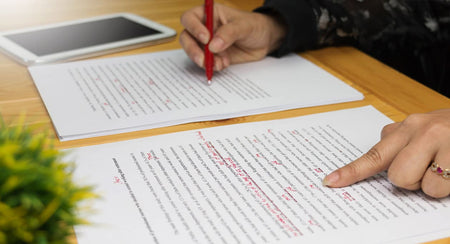Start the Year by Teaching Students About Talent and Effort
People commonly assume that those who possess special talents will naturally be more successful than those who do not. Similarly, some students often assume that their classmates possess talent that will make their learning and success easy and inevitable. Consequently, the perceived absence of obvious talent on their own part can lead some students to lower their expectations for their success and diminish their level and consistency of effort.
Such perceptions, though, are not necessarily supported by experience and research. While innate talent certainly offers some advantages, it is only part of the formula that leads to success in learning and life. In fact, talent and effort play near equal roles in achieving success. Talent may make some aspects of learning easier, but effort creates the conditions necessary for talent to flourish. Consider how this truth is revealed in the words of Albert Einstein: “It is not that I am so smart. But I stay with questions much longer.”
As we begin a new school year, it is important for our students to understand and tap the value of dedicating consistent effort to develop the talents they possess and overcome challenges in the areas where their talents may be less obvious. Here are five insights we can share with students to help them understand and manage this crucial relationship.
Innate talent can make initial learning easier. Talent, the seemingly natural inclination toward a particular skill, topic, or discipline, can mean that initial learning requires less effort. However, talent takes many forms, and it may be obvious, latent, or developable. Some people display their talent(s) in clear and natural ways. Others possess talent but rarely display it due to circumstance, lack of confidence, or other factors. Still others may not currently demonstrate a particular talent, but with exploration and effort might develop exceptional skills and capabilities.
Effort can accelerate and deepen learning. Effort has the potential to overcome multiple barriers, including the lack of background knowledge and experience or an absence of opportunities and support to develop a talent. When given consistently, effort can fill experience gaps, reveal hidden potential, and help an individual develop skills and tools that overcome the absence of obvious natural talent.
Curiosity and interest are crucial contributors to the development of talent and consistency of effort. Exploration and discovery can be the fuel that drives the development of talent and the investment of effort. Feeding interest, providing opportunities to explore, and allowing students to discover can be powerful ways to reveal potential talent and inspire students to invest their energy to learn and develop skills. Meanwhile, we can tap interest that occurs naturally or help students build it through creating experiences, building relationships, and nurturing a sense of value or purpose.
Talent that is not supported by consistent effort never fully develops. Having obvious or potential talent carries little long-term value unless it is supported and developed through consistent effort. In fact, talent that is not developed offers few benefits and often leads to frustration and regret. Curiosity, experience, and opportunity can lead to the discovery of potential talent, but its development requires commitment and effort.
Focused, consistent effort can overcome a lack of natural talent. Some students may not possess obvious talent, but they have the power to decide whether and where to invest their effort. Talent supported by effort can be a potent combination, or effort can compensate for the absence of specific talent. In fact, over time, effort can mimic and even substitute for much of what talent can offer.
The bottom line: Talent may be naturally bestowed, but effort lies within the control of each student. The progress they make and the success they achieve will be determined as much by the effort they give as by the talent they possess.















